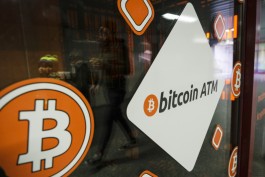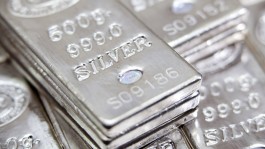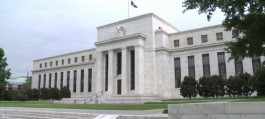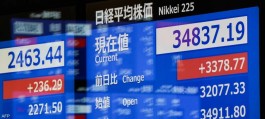The dollar rose above 160 yen for the first time since 1990 in early Monday trading, after a better-than-expected reading on U.S. inflation dampened speculation of a U.S. interest rate cut this year.
The US currency was trading at 160.17 yen in morning trading, sparking speculation that Japanese authorities would intervene to support their currency.
The Japanese currency fell alongside the continued strength of the dollar as expectations of a Federal Reserve rate cut receded.
Friday's better-than-expected reading for the personal consumption expenditures (PCE) index, the Fed's preferred inflation gauge, came after the Bank of Japan declined to tighten monetary policy further at its meeting last week, keeping interest rates unchanged and slightly raising its inflation forecast for fiscal 2024.
That, coupled with comments from Federal Reserve policymakers warning against cutting interest rates anytime soon, has led investors to revise their expectations for the number of rate cuts this year.
Investors now expect just one rate cut, down from as many as six cuts by early 2024.
Japanese officials have repeatedly said they are prepared to intervene if there are wild moves in the exchange rate, citing speculators as a major issue.
However, observers were skeptical that the first intervention since late 2022 would have much impact.
Expectations that the intervention will have a sustained impact may be disappointing given that macro fundamentals do not support a sudden shift to a tighter monetary stance, said Tapas Strickland of National Australia Bank.
“Markets seem to be trying to push the dollar-yen rate towards 160 yen in the absence of official intervention,” said Vishnu Varathan, head of economics and strategy at Mitsubishi UFJ Bank in Singapore. “This shows the speculation in the spot and options markets as well, and how investors are very sensitive to any moves in the yen or the risk of Japanese authorities intervening in the market.”








































